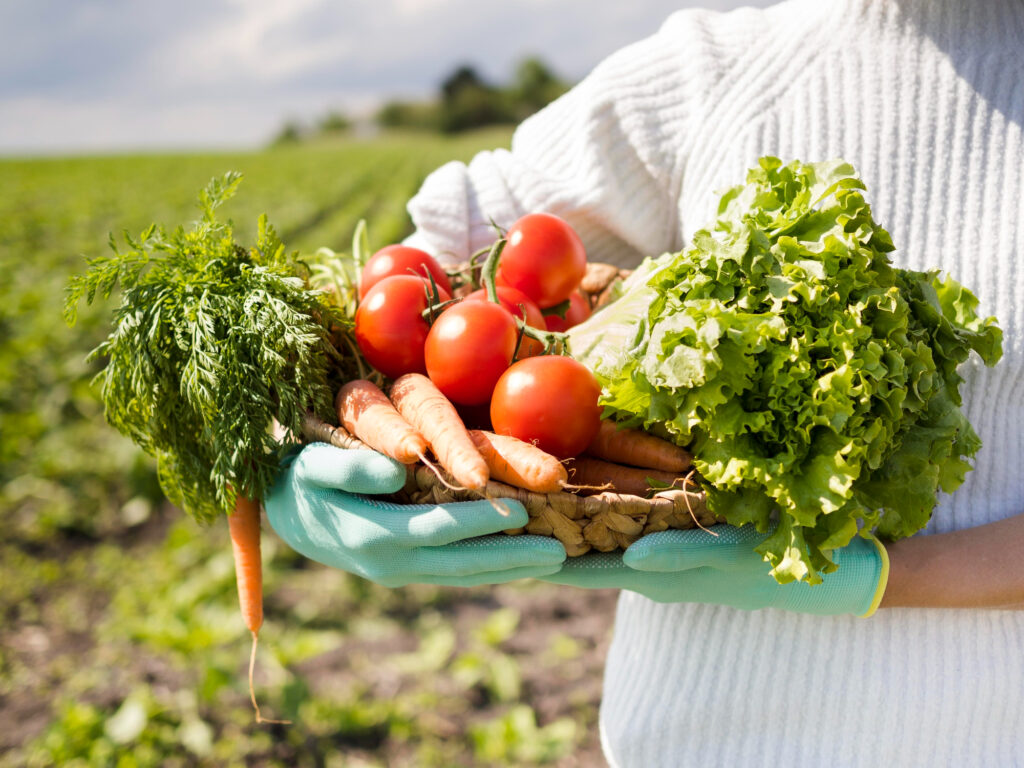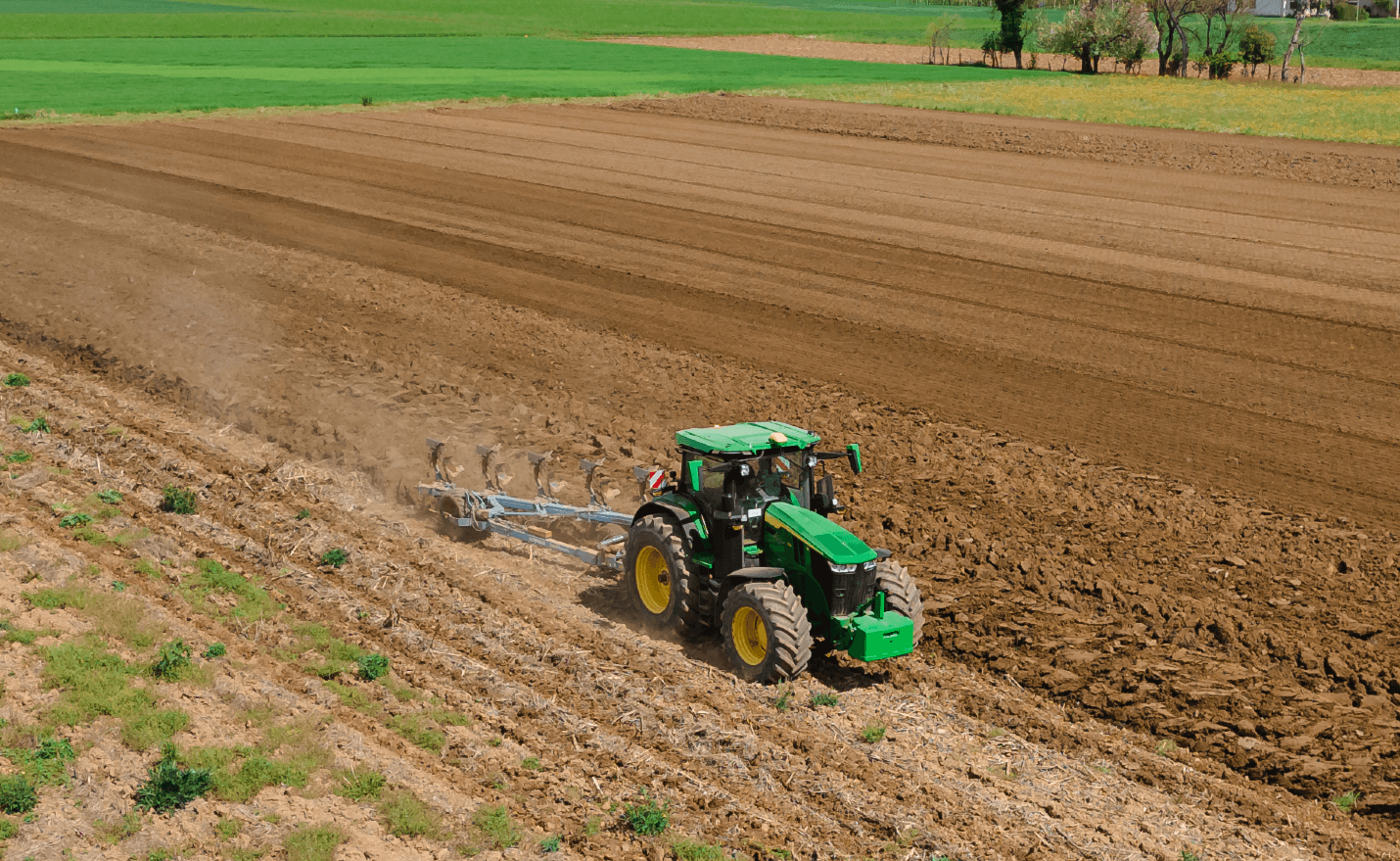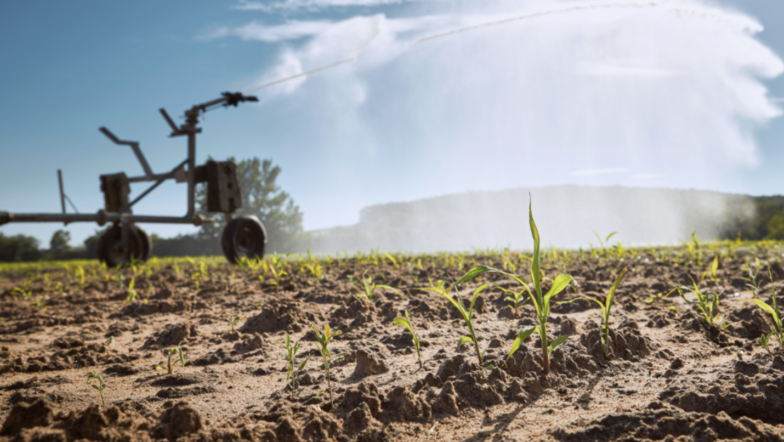In the vibrant tapestry of Indian agriculture, the practice of crop rotation weaves a vital thread, fostering sustainable growth and resilience within the country’s agrarian landscape. As a time-honored agricultural tradition, crop rotation stands as an emblem of ingenuity, offering a harmonious symbiosis between the land and the farmers. Its significance resonates not just in historical relevance but in the very heartbeat of India’s modern agricultural practices. The art of rotating crops isn’t merely a customary ritual; it’s a pragmatic, forward-thinking approach rooted in ecological wisdom and practical benefits. India, a land where agriculture is as much a way of life as it is an occupation, finds in crop rotation a cornerstone for enhancing soil fertility, thwarting pests, and mitigating the risk of crop-specific diseases. With an illustrious heritage in farming techniques, India’s embrace of crop rotation isn’t merely about tradition; it’s a strategic maneuver to ensure bountiful harvests and sustain the cycle of agricultural prosperity. This blog embarks on a journey to unravel the nuanced tapestry of crop rotation, exploring its historical underpinnings, its contemporary relevance, and the transformative impact it continues to bestow upon India’s agricultural panorama.
What is crop rotation
Crop rotation is a foundational agricultural practice that involves the systematic reorganization of crops within a specific area over a defined period. It’s a time-honored technique, dating back centuries, where different types of crops are cultivated in a sequential manner on the same land. The essence of this method lies in its ability to enhance soil fertility, minimize pest and disease incidence, and sustain overall crop health. The rationale behind crop rotation rests on the idea that different plants have varying nutrient requirements, and by alternating them, the soil can maintain its fertility more effectively. This practice typically involves a planned schedule where crops are strategically rotated in sequences, usually following a specific pattern. For instance, a common rotation might involve planting nitrogen-fixing legumes like peas or beans one season, followed by a season of cereals such as wheat or corn, and then root vegetables like carrots or potatoes in the subsequent season. Each type of crop serves a distinct purpose in the rotation cycle. Legumes, for instance, possess the unique ability to fix nitrogen in the soil, which enriches it with this vital nutrient. Cereals utilize this nitrogen-rich soil for their growth, while root vegetables benefit from the improved soil structure and nutrient balance left by the previous crops.
Significance of crop rotation
The significance of crop rotation lies in its multifaceted benefits for agricultural sustainability. Firstly, it helps in maintaining soil fertility by preventing the depletion of specific nutrients. Different plants extract different nutrients from the soil; therefore, rotating crops prevents the excessive depletion of any particular nutrient, promoting a more balanced soil structure. Furthermore, this practice aids in pest and disease control. Certain pests and diseases are specific to particular crops. By alternating crops, the life cycles of these pests are disrupted, reducing their prevalence. Additionally, some plants naturally suppress pests or diseases, and including these in the rotation can help manage these issues without the need for extensive chemical treatments. It also plays a crucial role in weed control. Various crops have diverse root structures and growth patterns, which can outcompete or suppress weeds. Rotating different crops helps to break the lifecycle of weeds, reducing their prevalence over time. In a broader context, the implementation of crop rotation contributes to the overall sustainability of agriculture. It aids in the conservation of natural resources, reduces reliance on chemical inputs, and fosters a more diverse and resilient agricultural ecosystem. Crop rotation stands as a cornerstone of sustainable agriculture, offering a natural, effective, and environmentally friendly method to maintain soil fertility, manage pests and diseases, control weeds, and promote overall agricultural productivity. Its long-standing importance in the agricultural world continues to make it a fundamental practice for the health and productivity of farmlands globally.
Need for crop rotation in India
Here is why crop rotation is a much needed practice in a country like India-:
- Soil Health Maintenance-: Crop rotation helps maintain soil fertility by preventing depletion of specific nutrients crucial for plant growth, ensuring a more balanced soil condition. This practice prevents soil erosion and degradation, promoting long-term sustainability. Different crops have varying nutrient requirements. Continuous planting of the same crop can deplete specific nutrients from the soil. Rotating crops helps restore these nutrients, reducing the need for excessive fertilizers and maintaining overall soil health.
- Pest and Disease Control-: Rotating crops disrupts the life cycles of pests and diseases specific to certain plants, reducing their prevalence and damage to crops. Some pests and diseases are crop-specific. When the same crop is planted repeatedly, these pests and diseases thrive, causing damage. By rotating crops, the pests and diseases that rely on a single crop struggle to survive, reducing the need for chemical interventions.
- Improved Yield and Quality-: Rotating crops enhances overall crop yield and quality due to a diverse array of plants tapping into varied nutrients and enhancing the soil structure. Different plants have different root structures and nutrient requirements. Rotation prevents the depletion of particular nutrients and helps improve soil structure, leading to better yield and higher-quality produce.
- Water Conservation-: Varying crop types with different water needs can aid in more efficient water usage and reduce strain on water resources. Some crops require more water than others. By alternating water-intensive crops with those that need less, farmers can better manage water usage, optimizing irrigation and conserving water.
- Economic Stability for Farmers-: Crop rotation can diversify a farmer’s income sources, reducing the dependency on a single crop and mitigating financial risks. Relying solely on one crop can make farmers vulnerable to market fluctuations. Crop rotation ensures multiple sources of income, stabilizing earnings and reducing the impact of market volatility.
- Weed Control and Nutrient Recycling-: Rotating crops helps control weeds and enables the recycling of nutrients, reducing the need for herbicides and fertilizers. Different crops suppress different weeds, naturally reducing their growth. Also, some crops absorb specific nutrients from the soil, while others replenish them, effectively recycling nutrients and reducing the need for external inputs.
- Environmental Conservation-: Crop rotation contributes to biodiversity, soil conservation, and reduces the environmental impact of farming practices. Diverse crops support local ecosystems, improve soil health, and decrease reliance on chemicals, promoting a more sustainable and eco-friendly agricultural system. This helps in preserving the environment for future generations.
How is crop rotation practiced in India
In India, crop rotation is a traditional agricultural practice deeply ingrained in farming techniques. The system involves alternating the types of crops grown in a particular area over different seasons. Farmers commonly rotate between cereals like wheat, rice, and millets, legumes such as lentils and chickpeas, and oilseeds like mustard or sesame. This practice is region-specific, with variations influenced by climate, soil fertility, and local agricultural traditions. For instance, in southern India, the rice-wheat cropping system is prevalent, while in the northern regions, farmers often rotate between wheat, legumes, and oilseeds.
The effectiveness of these techniques in India is multifold. Firstly, crop rotation helps maintain soil fertility by varying nutrient demands of different crops, preventing the depletion of specific nutrients from the soil. Legumes, for instance, fix nitrogen in the soil, benefiting subsequent crops. Secondly, it aids in pest and disease control, disrupting the life cycles of pests and pathogens specific to certain crops. This reduces the reliance on pesticides, contributing to more sustainable and eco-friendly farming practices. Moreover, diverse crop rotations can offer economic stability to farmers by minimizing the risks associated with mono-cropping, ensuring some level of yield even if one crop fails due to unfavorable conditions.
In the rich tapestry of Indian farming, the age-old practice of crop rotation stands as a vital element, nurturing sustainable growth and resilience in the country’s agricultural landscape. This traditional technique involves systematically changing the types of crops grown in a particular area over different seasons. It helps keep the soil fertile, control pests, improve crop quality, and offer stability for farmers.
Crop rotation isn’t just a customary ritual; it’s a smart approach rooted in ecological wisdom and practical benefits. It helps the soil stay healthy by preventing the depletion of specific nutrients and reduces the need for excessive fertilizers. Rotating crops disrupts pests and diseases, cutting down on the need for chemicals. This practice also leads to better crop yields and quality by varying nutrient intake from the soil.
In India, crop rotation is deeply ingrained in farming methods. Different regions follow various crop rotations based on climate, soil, and local traditions. Whether it’s the rice-wheat cropping system in the south or the rotation between wheat, legumes, and oilseeds in the north, this technique proves effective. It’s a time-tested way to maintain soil health and reduce risks for farmers, ensuring some level of yield even if one crop fails due to unfavorable conditions.
In summary, crop rotation continues to be a fundamental practice in Indian agriculture, preserving traditions while embracing practical and sustainable solutions for the challenges faced in modern farming.







Write a comment
Your email address will not be published. Required fields are marked *